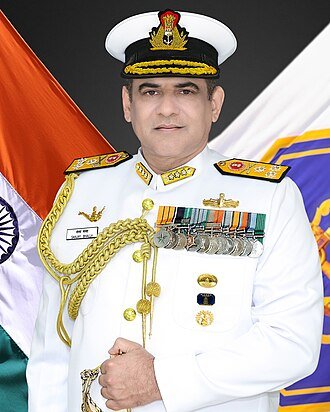
With her blend of firepower, stealth and mobility, the ship is designed to hunt submarines, conduct coastal patrols, and secure India’s vital maritime approaches
The first of the Mahe-class anti-submarine warfare vessels will be inducted at a ceremony in Mumbai on November 24, the Navy said on Sunday.
Built by Cochin Shipyard Limited (CSL), the vessel Mahe represents the cutting edge of India’s ‘Aatmanirbhar Bharat’ initiative in naval ship design and construction, it said.
“Compact yet powerful, the ship embodies agility, precision and endurance — qualities vital for dominating the littorals,” it said.
With her blend of firepower, stealth and mobility, the ship is designed to hunt submarines, conduct coastal patrols, and secure India’s vital maritime approaches, the Navy said.
Equipped with torpedoes and anti-submarine rockets, the first of the Mahe-class anti-submarine warfare shallow water craft (ASW SWC) was delivered to the Navy on October 23.
The Navy said the commissioning of Mahe will mark the arrival of a “new generation” of indigenous shallow-water combatants.
“With over 80 per cent indigenous content, the Mahe-class showcases India’s growing mastery in warship design, construction and integration,” the Navy said in a statement.
Named after the historic coastal town of Mahe on the Malabar coast, the ship’s crest features an “Urumi” — the flexible sword of Kalarippayattu, symbolising agility, precision, and lethal grace, it said.





























































